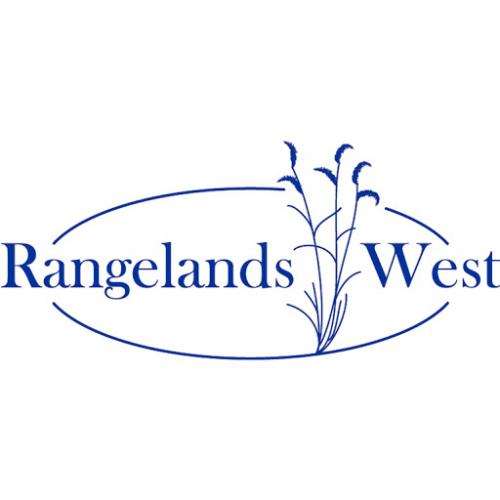This public rangeland/livestock grazing assessment includes a post-1905 history of livestock use on 10 National Forests of the Sierra Nevada and Modoc Plateau, a compilation of plant species indicators of livestock grazing effects, an assessment of grazing effects on sagebrush-steppe and mountain meadow rangelands, and a case study on correlation of meadow and riparian conditions in the Sierra Nevada. While this assessment spans 5 decades of monitoring, it is important to recognize that although substantial reductions in livestock grazing intensity have occurred, most ranges were stocked above carrying capacity until very recently. A key indicator of improved condition that we have observed is an increase in native perennial grass composition on some upland sagebrush-steppe rangelands. A key indicator of declining condition is the continued cheatgrass invasion of many uplands. Based on the historical evidence of abuse of California mountain meadows during the post-Gold Rush Era, the recolonization by native plants, low abundance of nonnative weeds, and the soil protection being provided by herbaceous vegetation as indicated by 4-5 decades of range monitoring data is significant. Considering past heavy grazing in northeastern California, the eastern Sierra in the Carson City and Tahoe environs, and lands of the Mother Lode nearest Sacramento, it is not surprising that the Modoc, Plumas, Tahoe, Eldorado and Toiyabe Forests are continuing to lag a bit in recovery since their meadows were probably most impacted during the early days following settlement. The declining abundance of grass species on mountain meadows of the Sierra National Forest and the low abundance of grass species on mountain meadows of the Sequoia National Forest during the 4-5 decade monitoring period is a biodiversity concern. In a case study we investigated the potential for using long-term condition and trend monitoring data to indicate nearby riparian stream functionality. Using aggregated Parker transect data to the genus level, the lifeform categories of grasses, legumes, sedges, rushes, and forbs, and the raw data of bare soil exposure, litter and non-native species present currently and over the last 5 decades, we were able to predict 11-12 of 13 functioningat-risk riparian/stream trend directions correctly. As used in the assessments developed here, variable dynamics indicating sedge to grass ratio changes without compensation of rushes, invasion or retreat of weedy forbs, reductions in abundance of late seral grasses such as Deschampsia and Glyceria species, radical fluctuation in clover composition, and 'red-flag' indicators like more than 7-10% bare soil exposure sometime in the meadow's 40-50 year history, were adequate to make the predictions.(source abstract)

Articles, citations, reports, websites, and multimedia resources focused on rangeland ecology, management, restoration, and other issues on American rangelands.